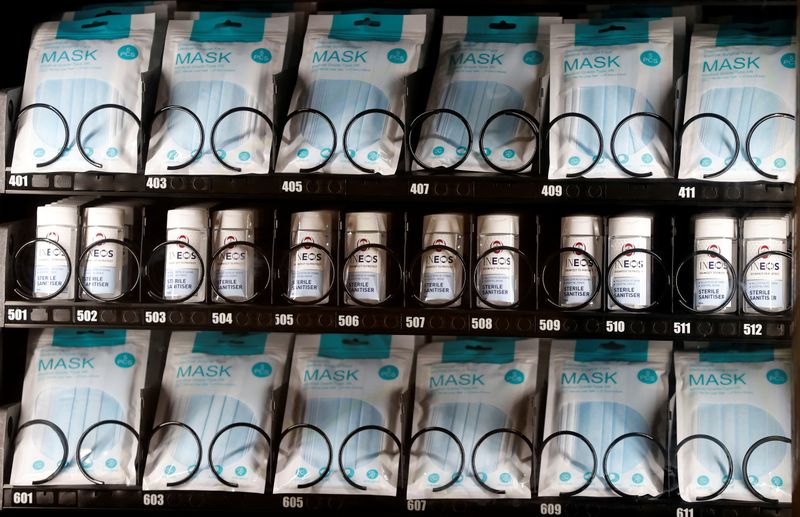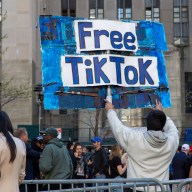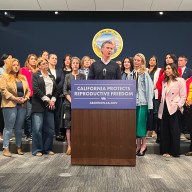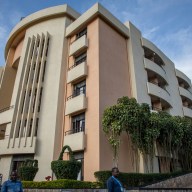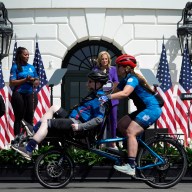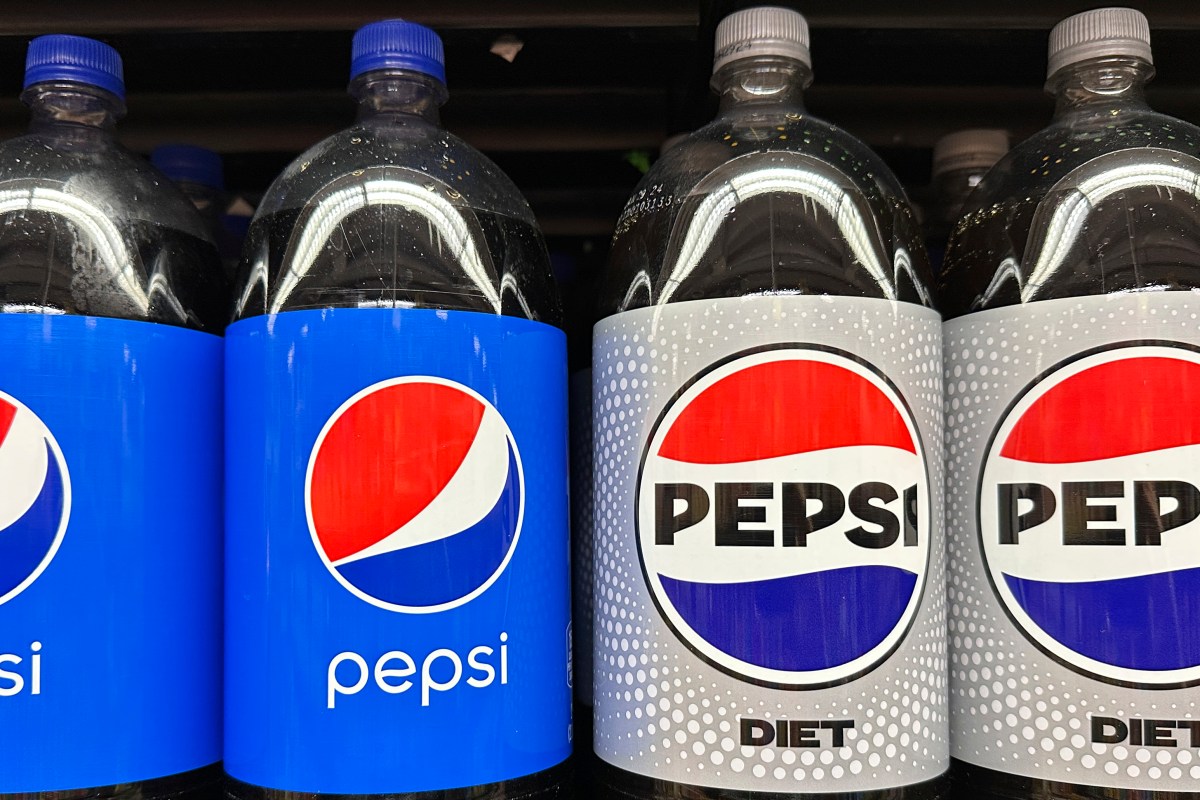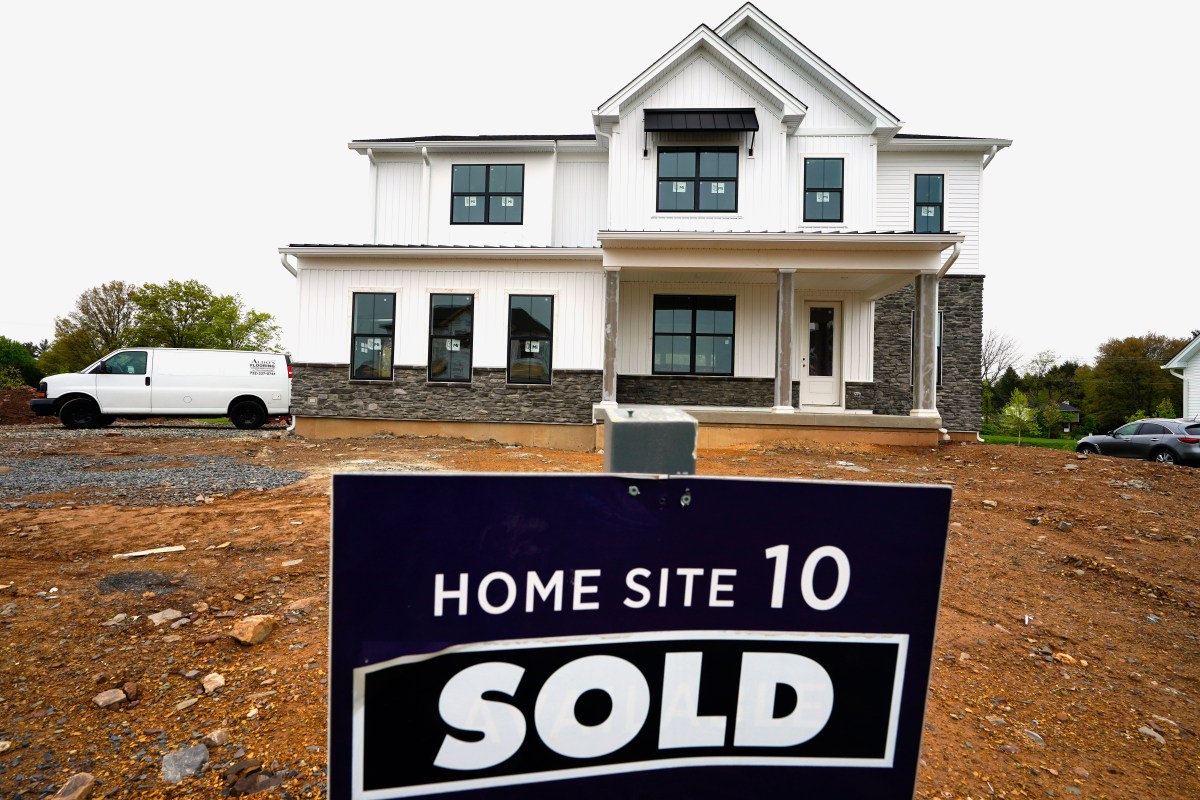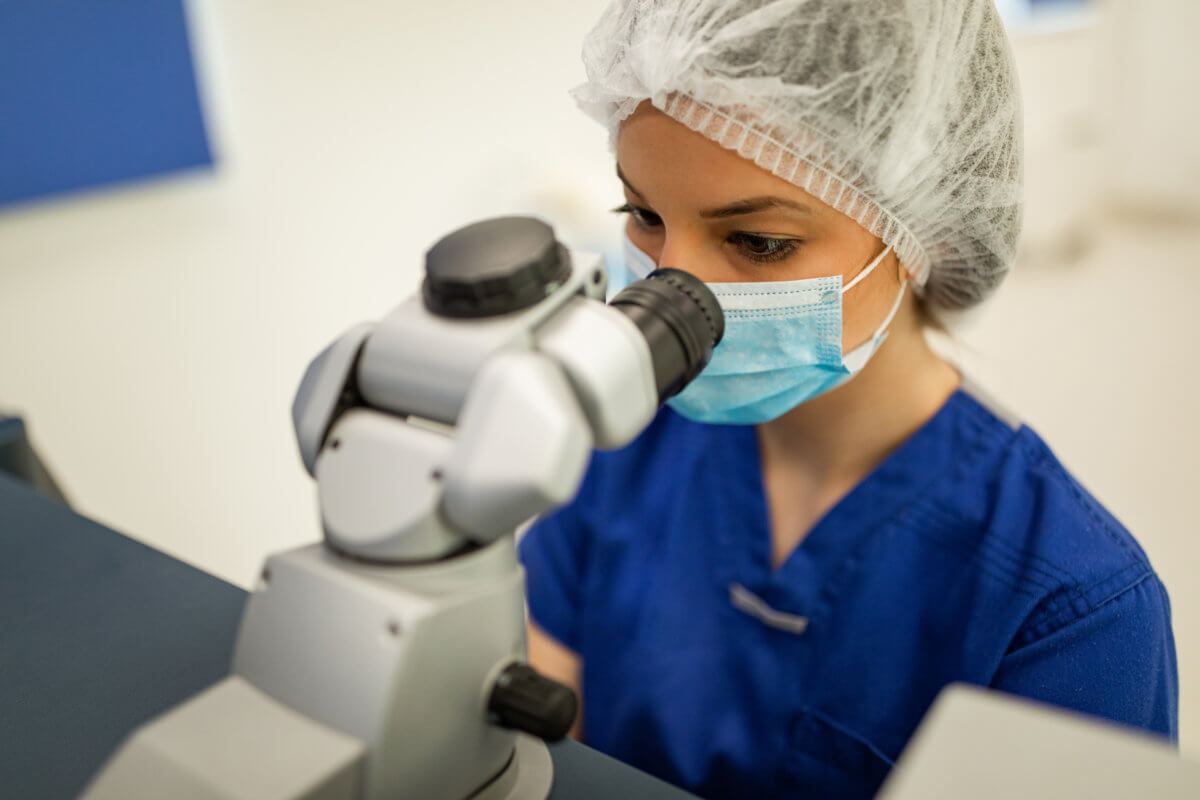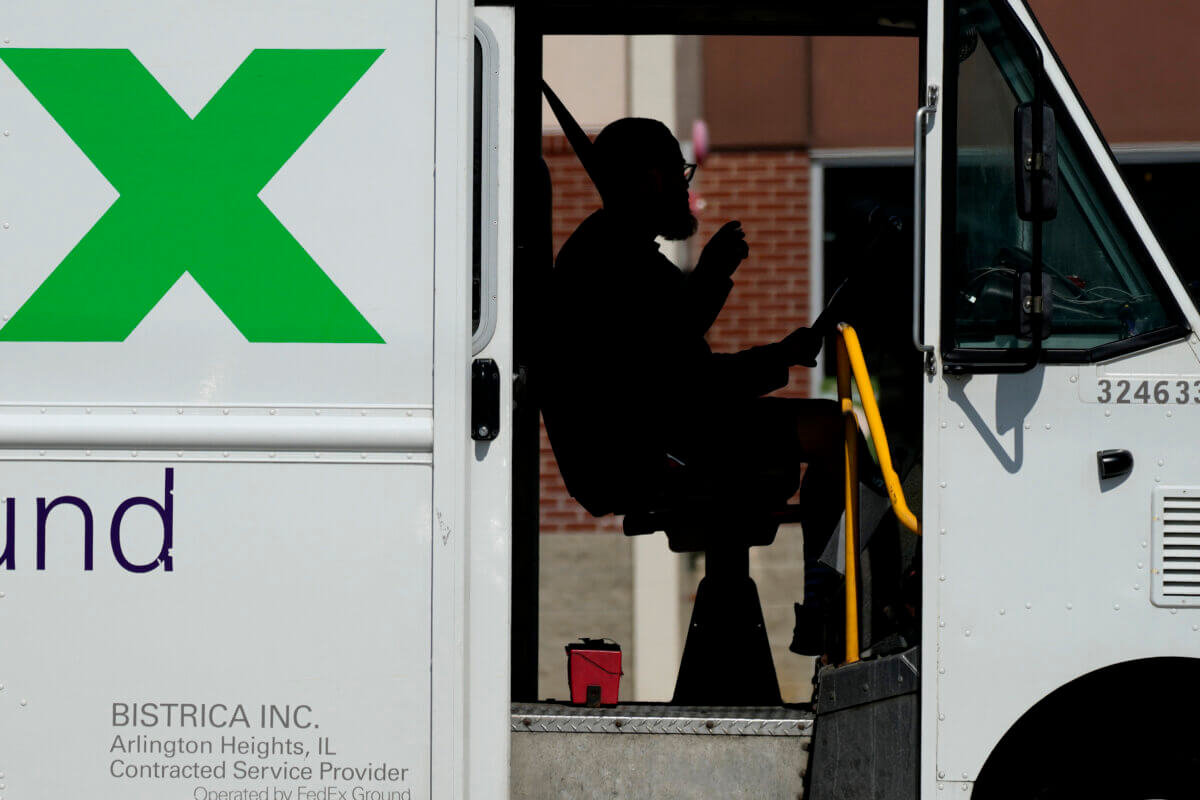LONDON (Reuters) – Hand gel, dumbbells and men’s loungewear bottoms are joining Britain’s official consumer price index this month, reflecting the impact of COVID on the country’s shopping habits.
British people have bought more casual clothing suited to working from home and fewer formal outfits, and spending on home exercise equipment has boomed with gyms closed, the Office for National Statistics said.
“The need for hygiene on the go has seen the addition of hand sanitiser, now a staple item for many of us,” the ONS’s head of economic statistics, Sam Beckett, said.
“A more casual approach to clothing, as more of us work from home, has seen the addition of loungewear into the consumer basket,” she added.
Alongside “men’s loungewear bottoms” – a cross between tracksuit and pyjama trousers designed to wear around the house – sweatshirts for women will join the index as part of the range of casual clothing for which the ONS collects prices.
In a sign of longer-term technological trends, smart watches, internet-controlled light bulbs and electric hybrid cars are also joining the price index of more than 700 items.
Among the items to disappear are white milk chocolate – to be replaced by malted chocolates such as Maltesers – and sandwiches purchased at staff canteens, most of which have shut.
The COVID pandemic has led to a sharp fall in British inflation which touched its lowest in nearly five years in August at 0.2%, though some lockdown-friendly purchases ranging from gym equipment to puppies have seen big price jumps.
The Bank of England expects inflation to return to close to its 2% target by the end of this year as the economy recovers, up from its current level of 0.7%.
(Reporting by David Milliken; Editing by William Schomberg)

